Data Sets
Real world dataset (Groundtruth HDR unavailable):
Synthesized dataset (Groundtruth HDR available):
Source Code
Click here to download the source code for our prosed HDR video synthesis algorithm (MAP_HDR).
Reconstructed Videos
Click here to download all the reconstructed videos.
Frame Results
Fire dataset (Click to enlarge)[1]
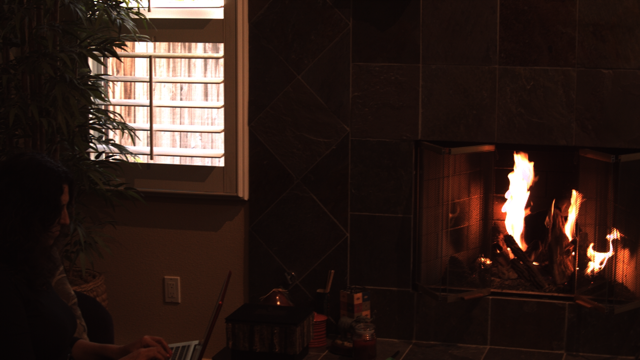 |
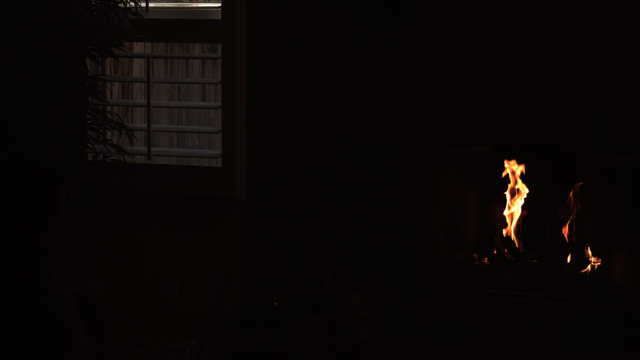 |
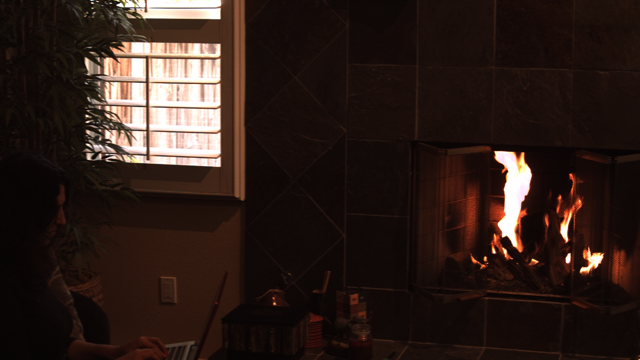 |
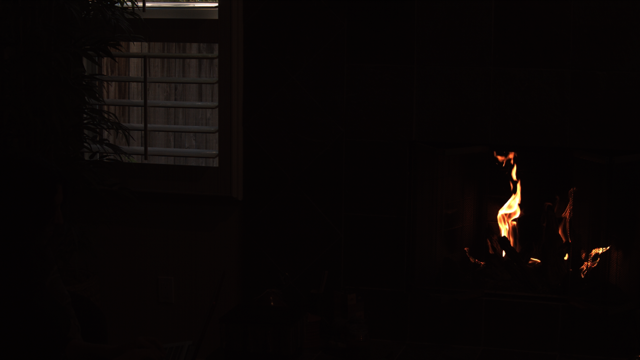 |
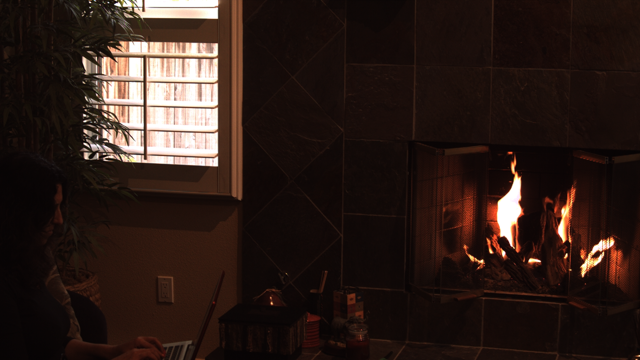 |
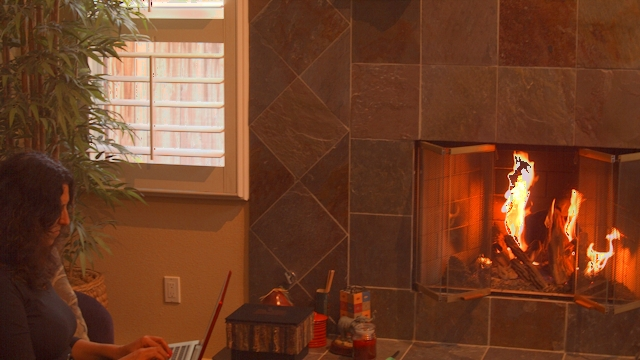 |
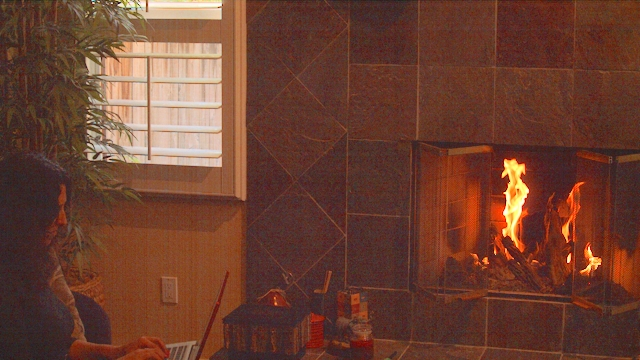 |
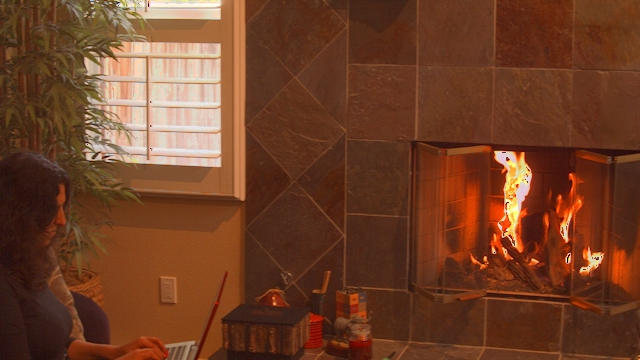 |
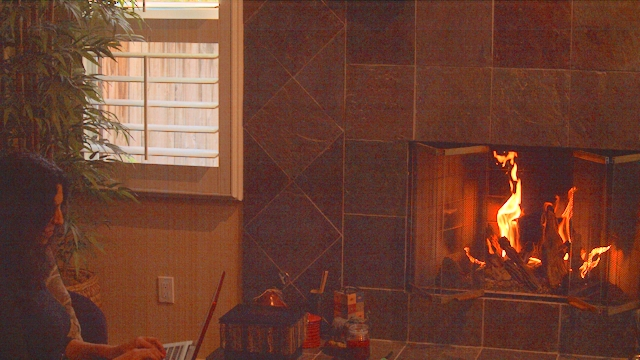 |
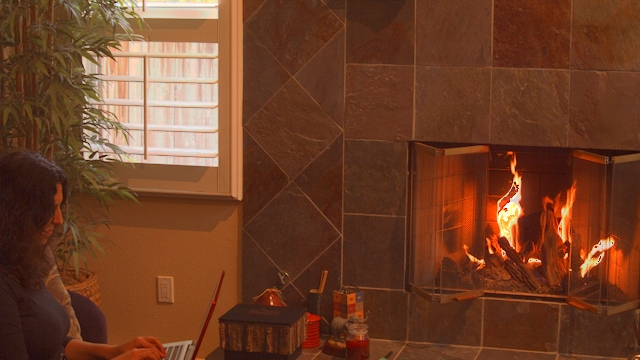 |
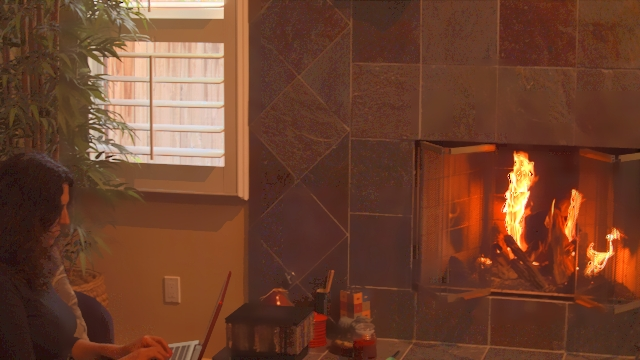 |
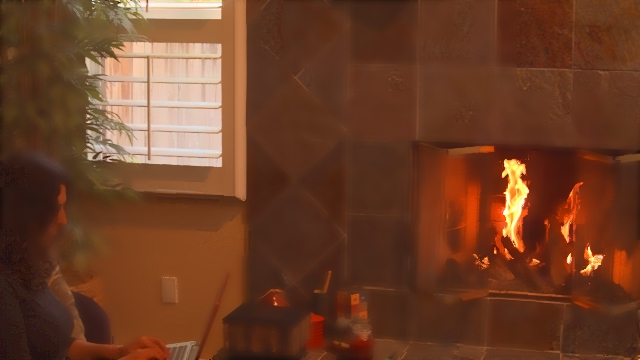 |
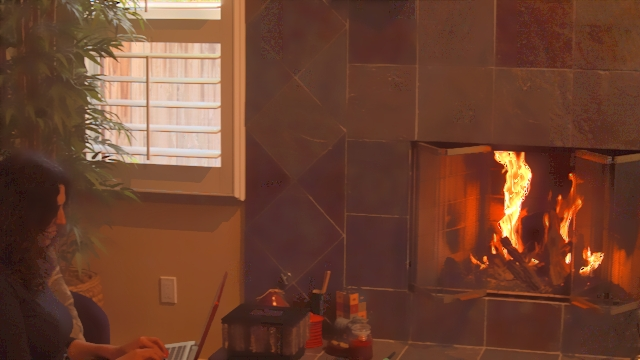 |
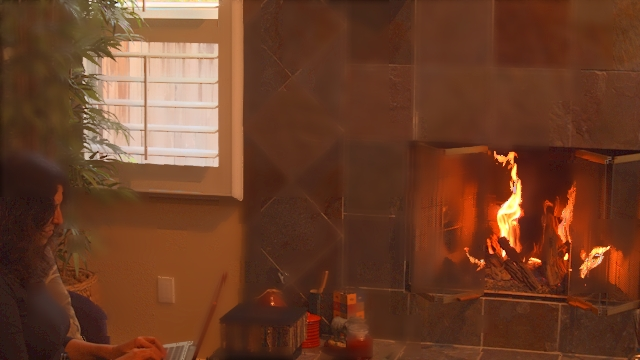 |
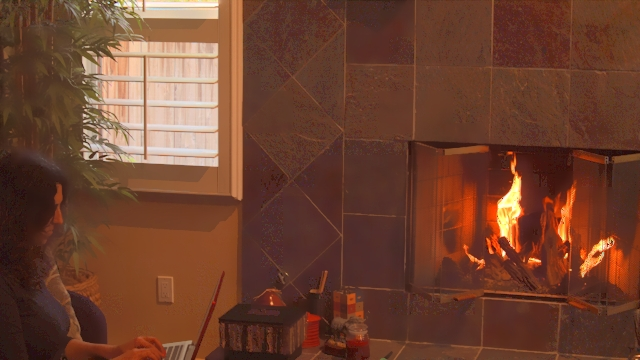 |
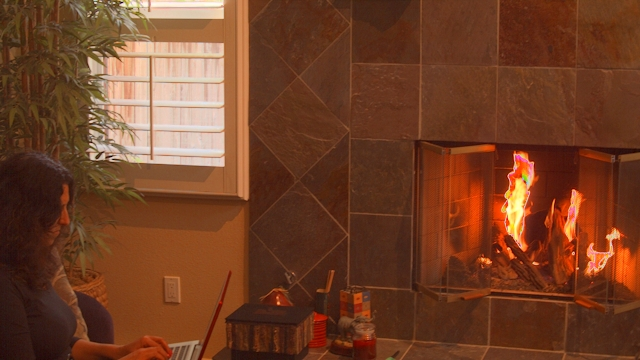 |
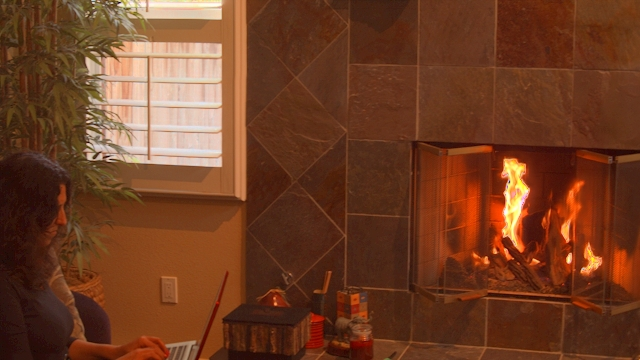 |
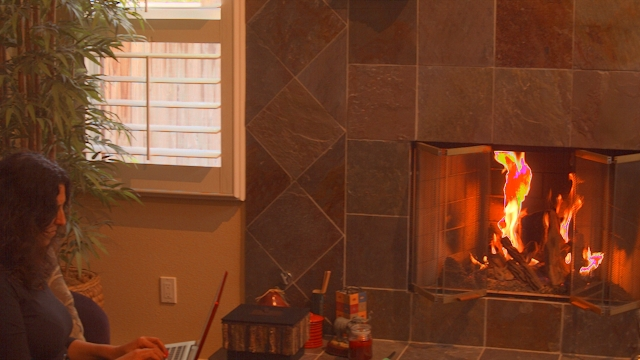 |
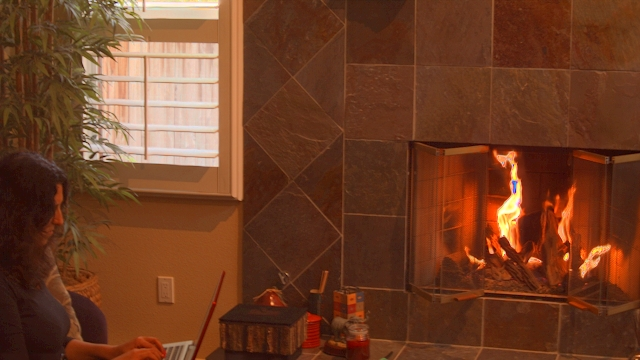 |
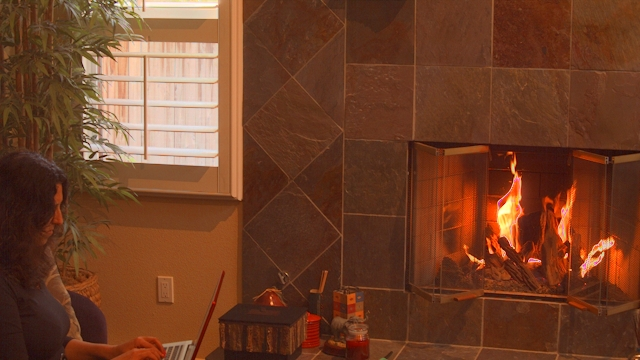 |
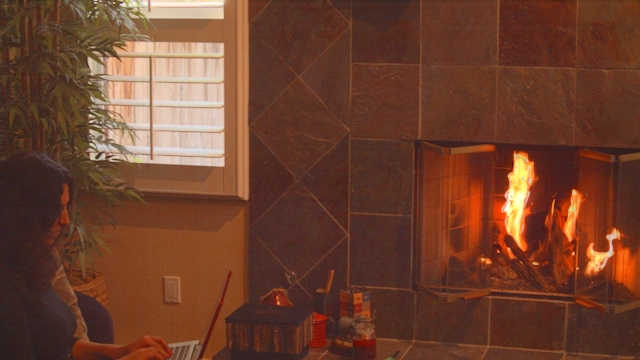 |
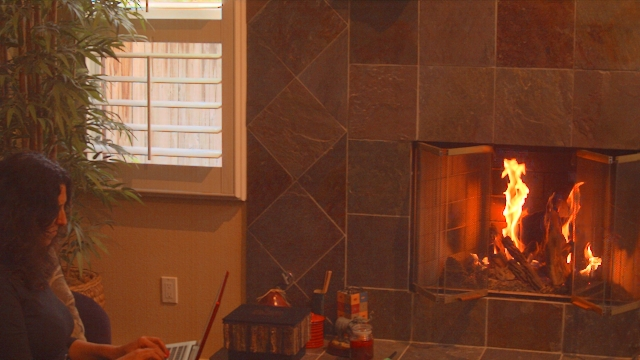 |
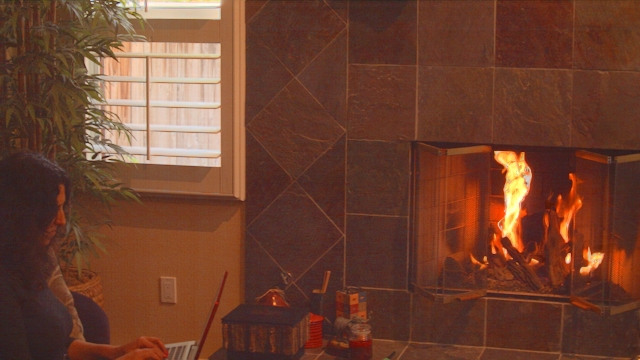 |
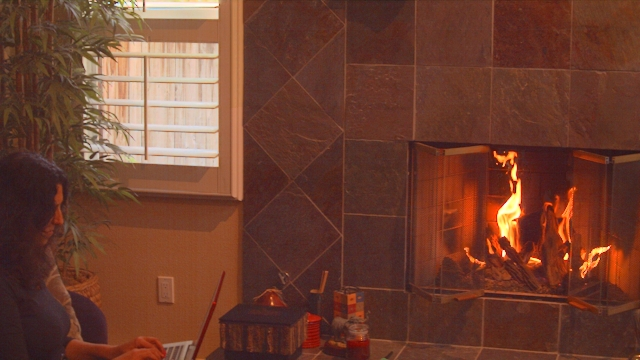 |
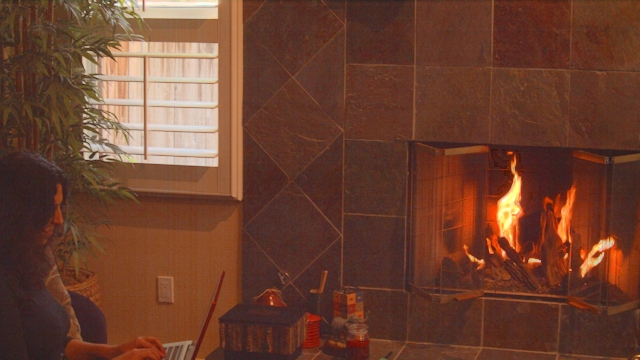 |
Fig. HDR video synthesis results. The 4--8th frames of the input Fire sequence[1] in the first row are synthesized by Kang et al.'s algorithm[4] in the second row, Mangiat and Gibson's algorithm[5] in the third row, Kalantari et al.'s algorithm[1] in the fourth row, and the MAP-HDR algorithm in the fifth row.
Bridge2 dataset (Click to enlarge)[2]
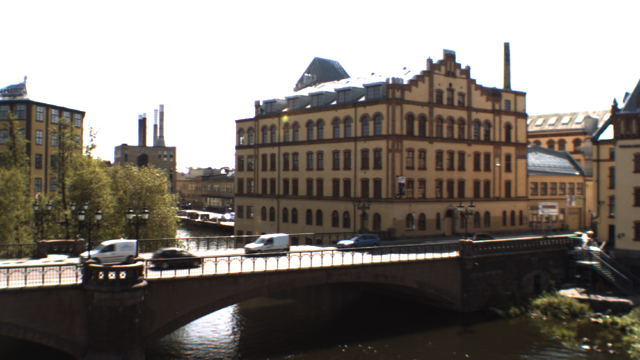 |
 |
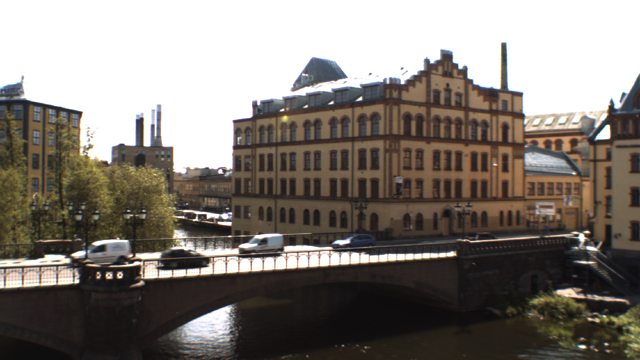 |
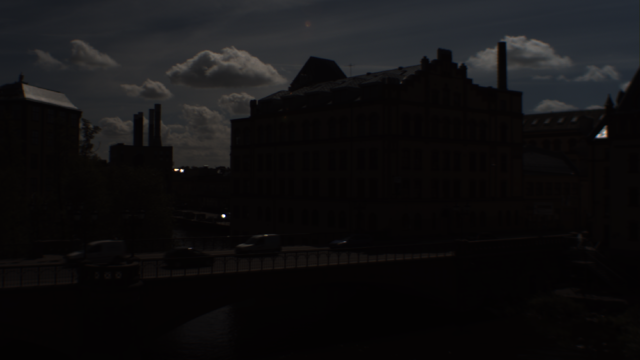 |
 |
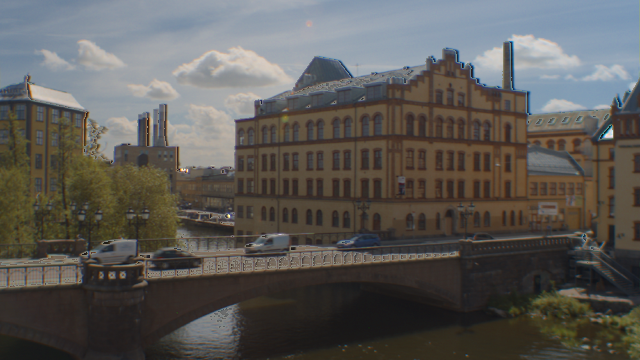 |
 |
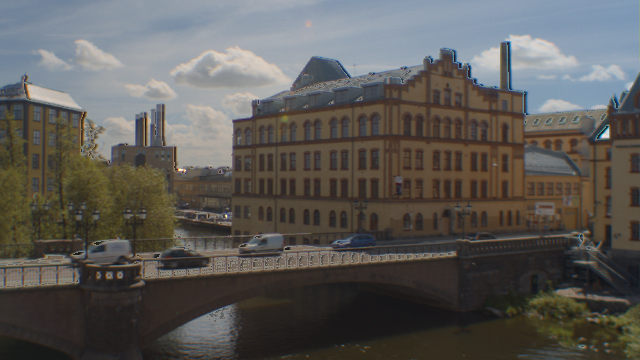 |
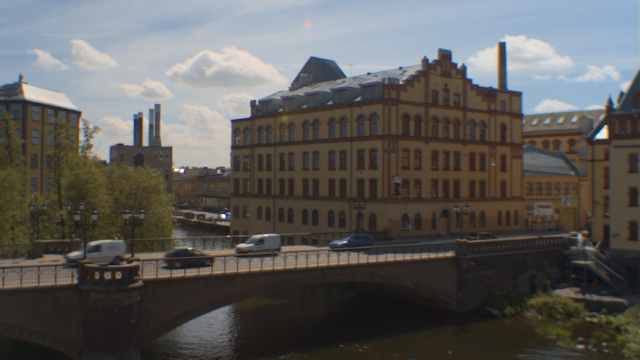 |
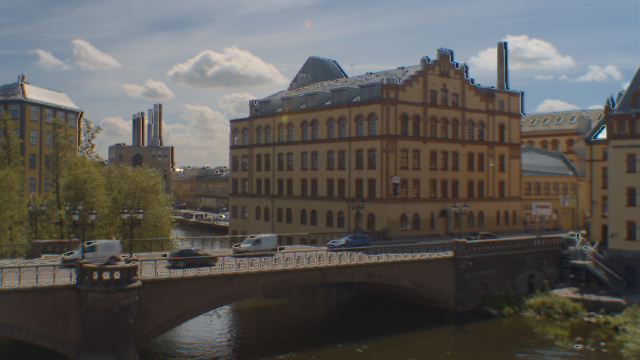 |
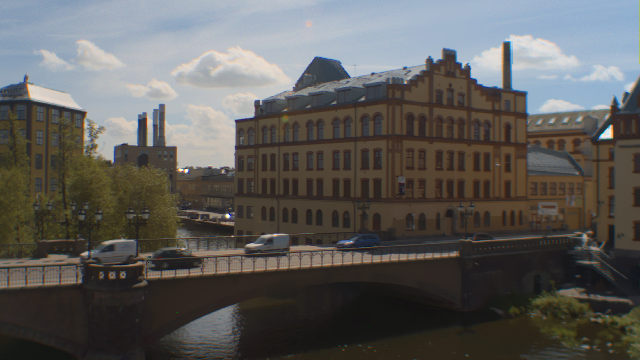 |
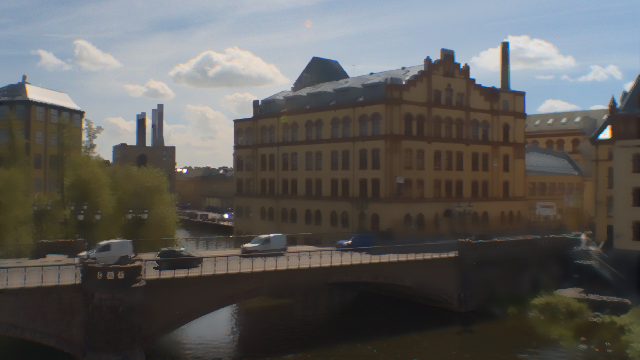 |
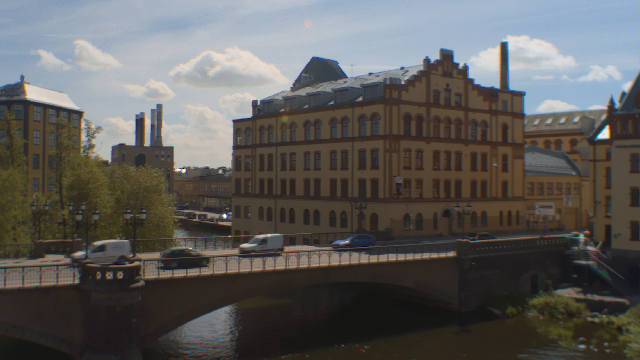 |
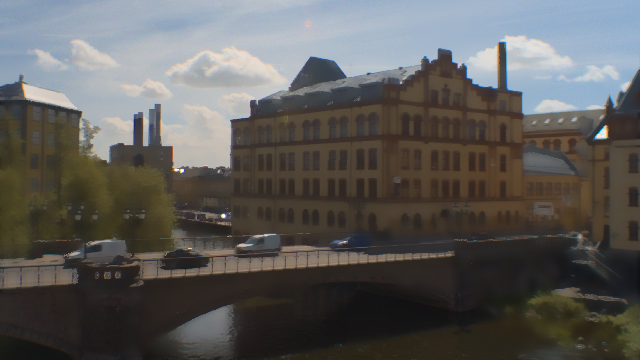 |
 |
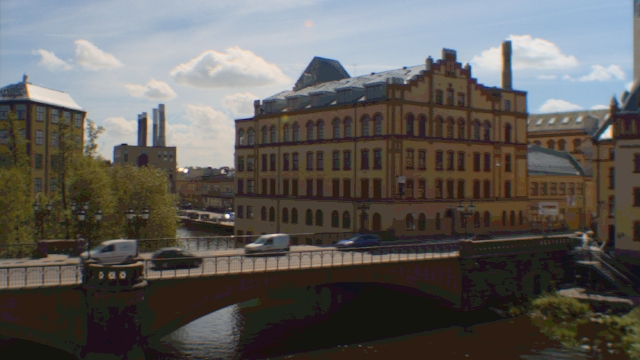 |
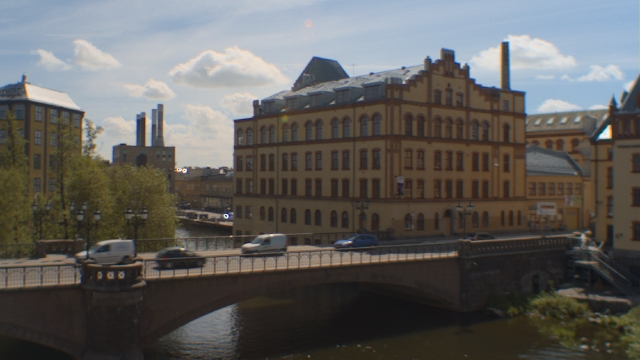 |
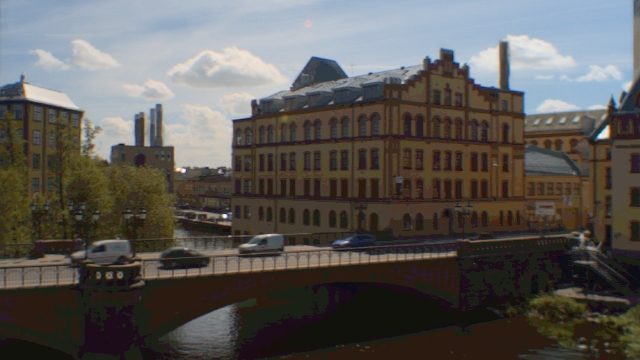 |
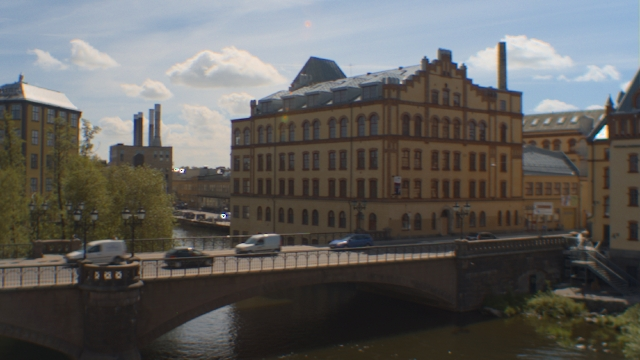 |
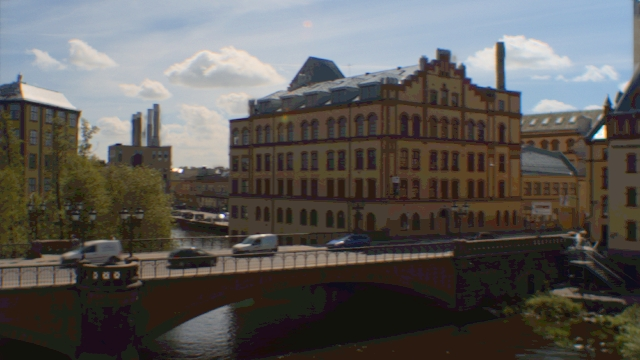 |
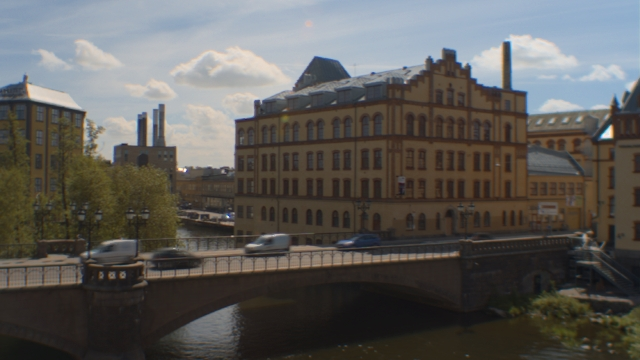 |
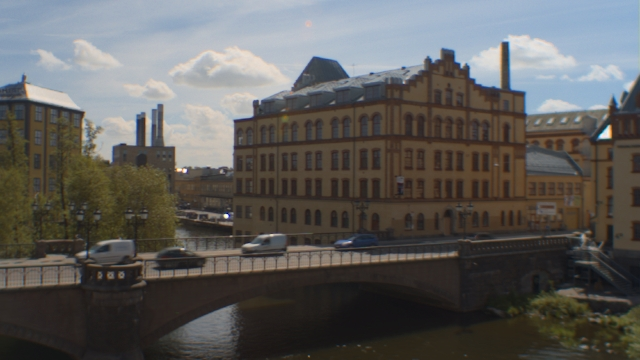 |
 |
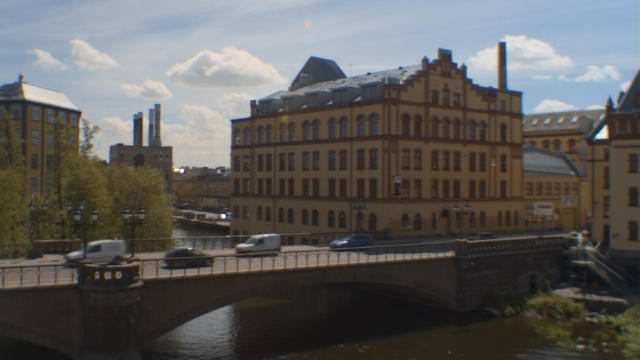 |
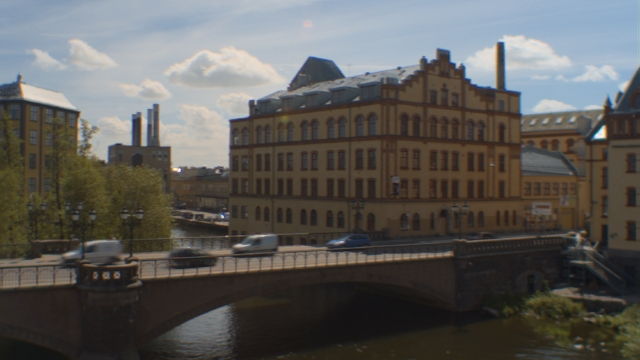 |
HDR video synthesis results. The 3--7th frames of the input Bridge2 sequence[2] in the first row are synthesized by Kang et al.'s algorithm[4] in the second row, Mangiat and Gibson's algorithm[5] in the third row, Kalantari et al.'s algorithm[1] in the fourth row, and the MAP-HDR algorithm in the fifth row.
Video Results
Bridge2 dataset[2]
Bridge2 dataset DRIVQM assessment[2][6]
Fire dataset[1]
Hallway2 dataset[2]
Hallway2 dataset DRIVQM assessment[2][6]
ParkingLot dataset[3]
ParkingLot dataset DRIVQM assessment[3][6]
Students dataset[2]
Students dataset DRIVQM assessment[2][6]
Failure case: huge object motions
Skatingboarder dataset[1]
Related Publications
Y. Li, C. Lee. and V. Monga, "A MAP Estimation Framework for HDR Video Synthesis", IEEE International Conference on Image Processing, Quebec City, Canada, Sep 27th-30th, 2015.[IEEE Xplore]
Y. Li, C. Lee and V. Monga, "A Maximum A Posteriori Estimation Framework for Robust High Dynamic Range Video Synthesis", IEEE Transactions on Image Processing, volume 26, issue 3, pages 1143-1157, March 2017. [Local PDF][IEEE Xplore]
Selected References
P. Sen, N. K. Kalantari, M. Yaesoubi, S. Darabi, D. B. Goldman, and E. Shechtman, Robust patch-based HDR reconstruction of dynamic scenes. ACM Trans. Graphics, vol. 31, no. 6, pp. 203:1–11, Nov. 2012.
J. Kronander, S. Gustavson, G. Bonnet, A. Ynnerman, and J. Unger, A unified framework for multi-sensor HDR video reconstruction, Signal Process.: Image Commun., vol. 29, no. 2, pp. 203–215, Feb. 2014.
C. Lee and C.-S. Kim, Rate-distortion optimized layered coding of high dynamic range videos, J. Vis. Commun. Image R., vol. 23, no. 6, pp. 908–923, Aug. 2012.
S. B. Kang, M. Uyttendaele, S. Winder, and R. Szeliski, “High dynamic range video,” ACM Trans. Graphics, vol. 22, no. 3, pp. 319–325, Jul. 2003.
S. Mangiat and J. Gibson, “Spatially adaptive filtering for registration artifact removal in HDR video,” in IEEE Int’l Conf. Image Process., Sep. 2011, pp. 1317–1320.
T. O. Aydin, M. Cad´k, K. Myszkowski, and H.-P. Seidel, Video quality assessment for computer graphics applications, ACM Trans. Graphics, vol. 29, no. 6, pp. 161:1–12, Dec. 2010.